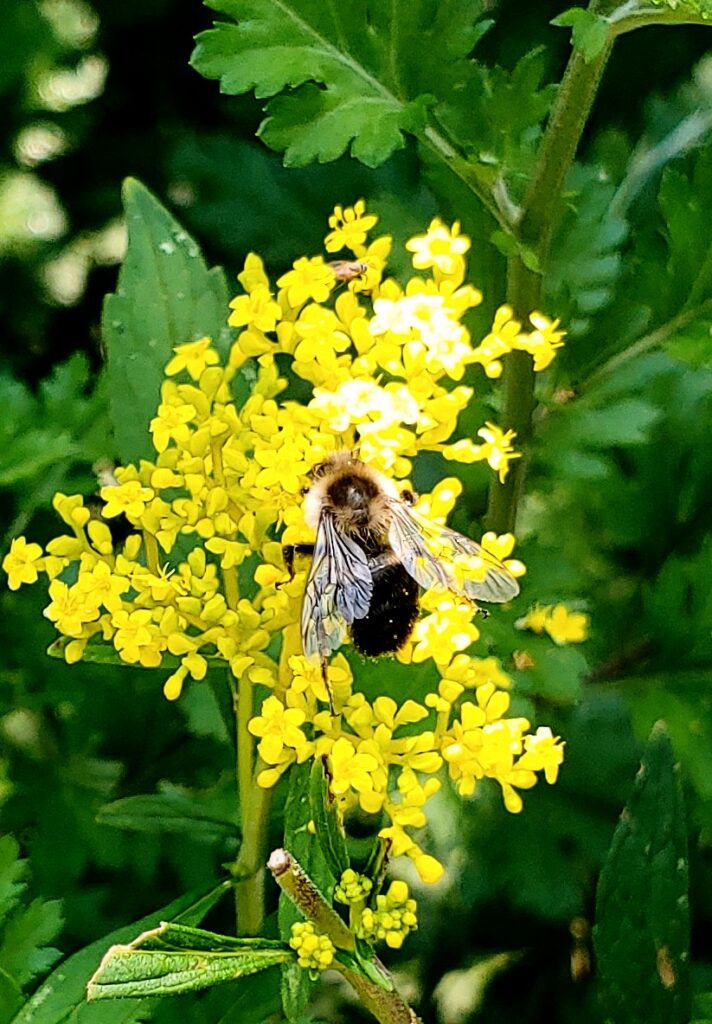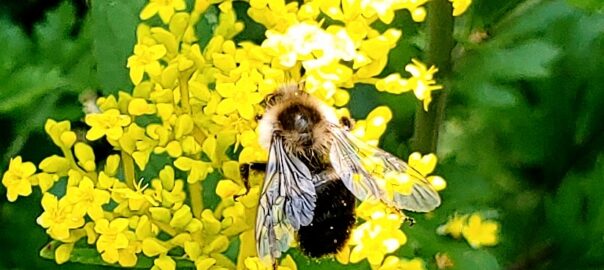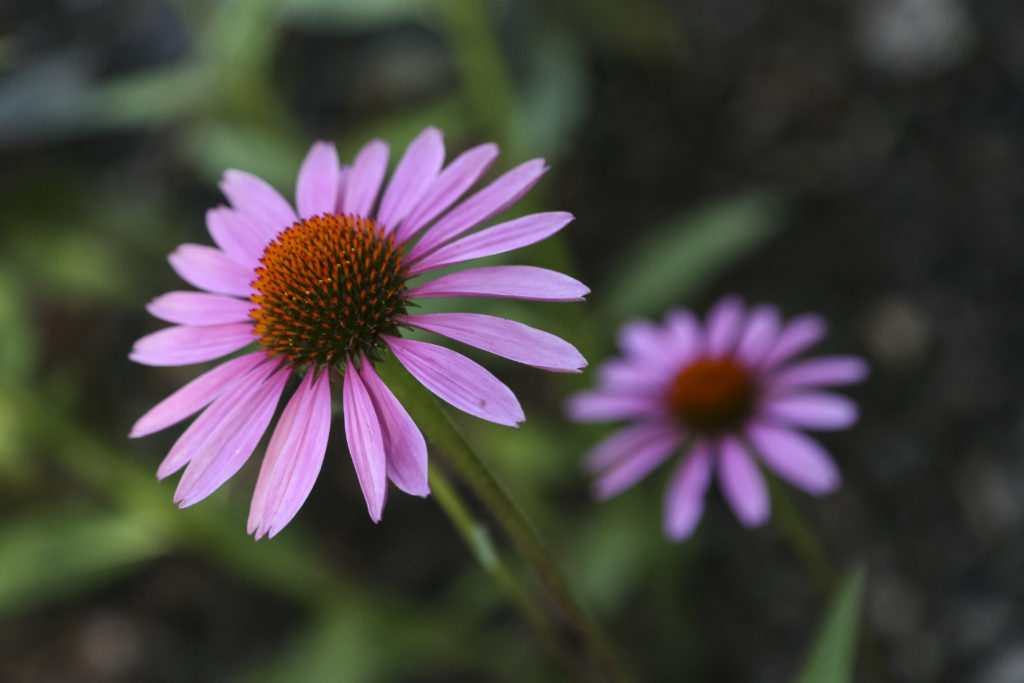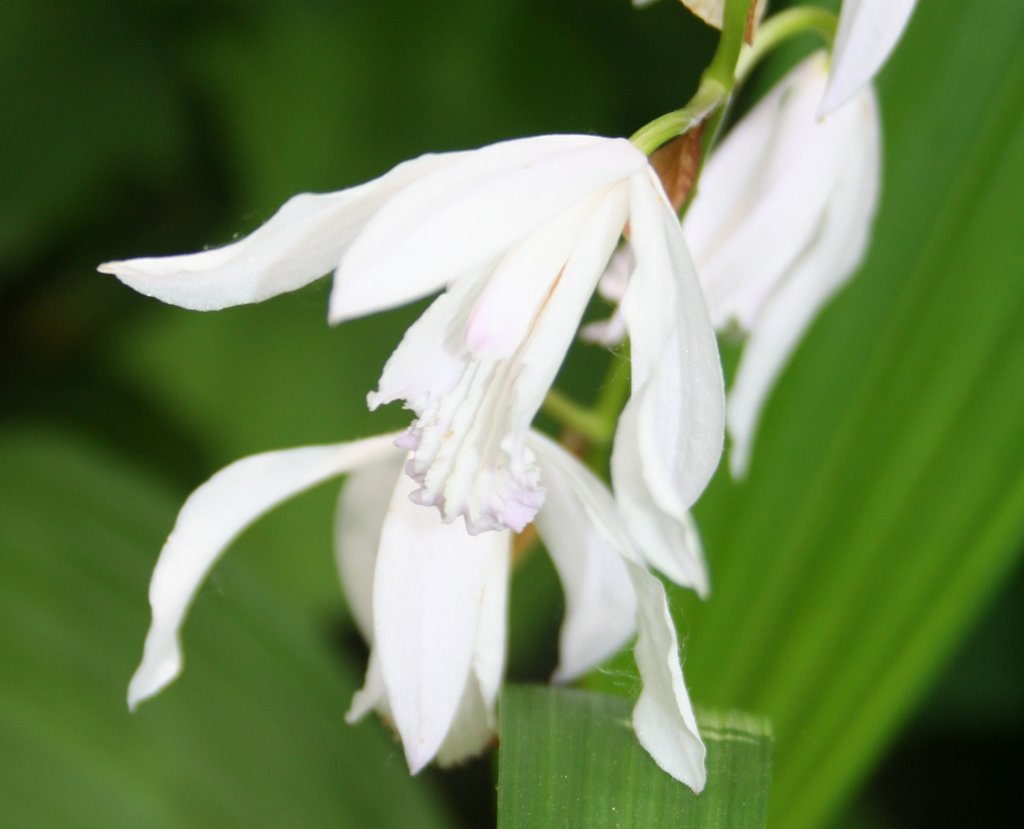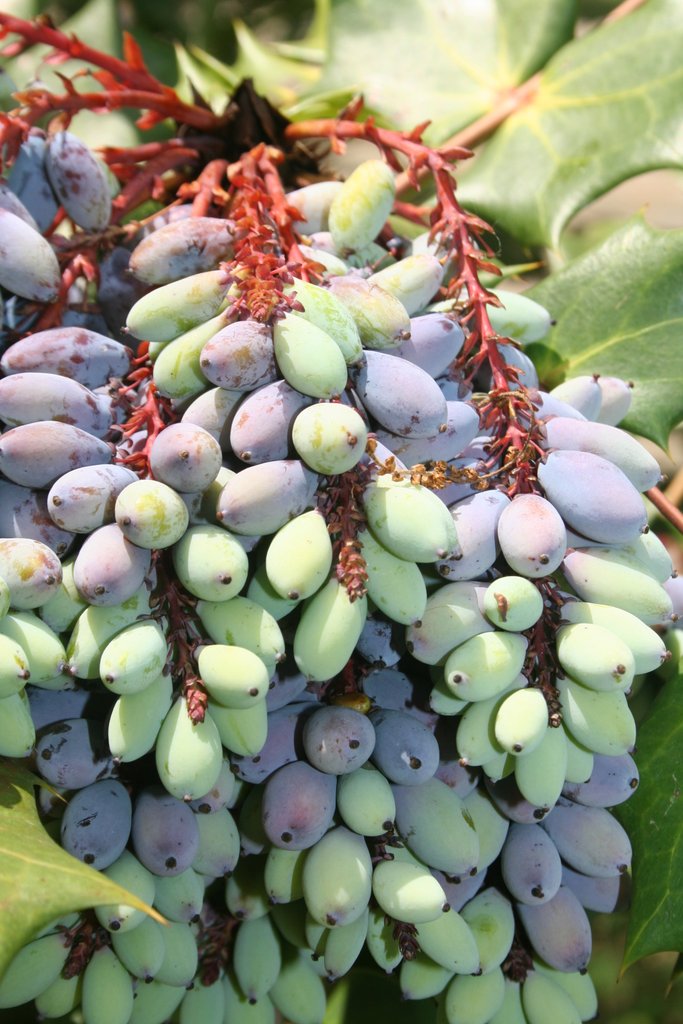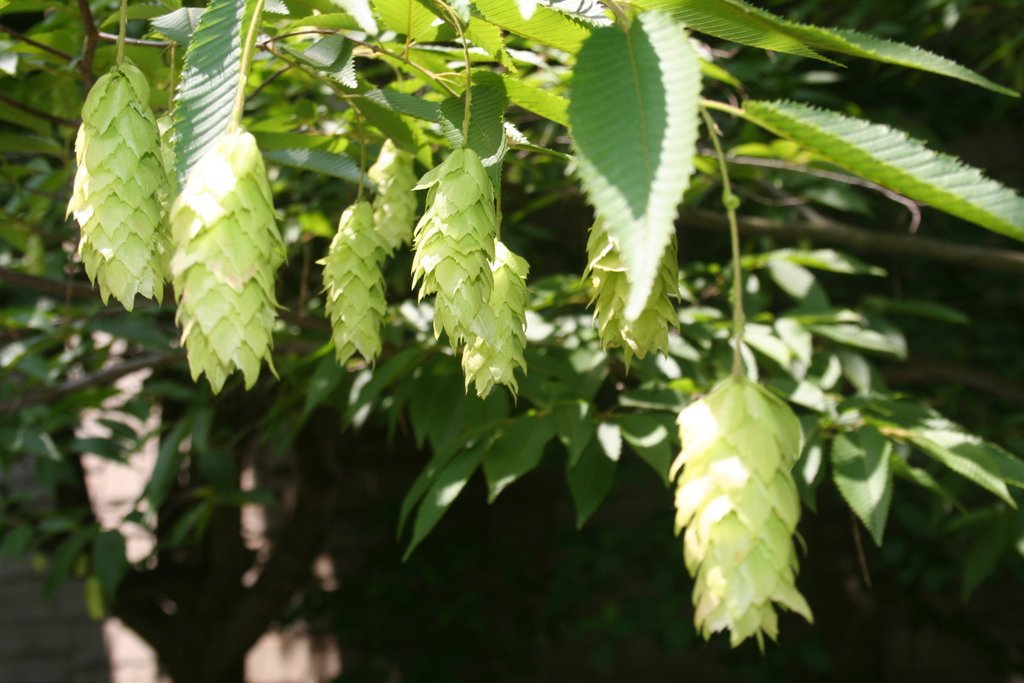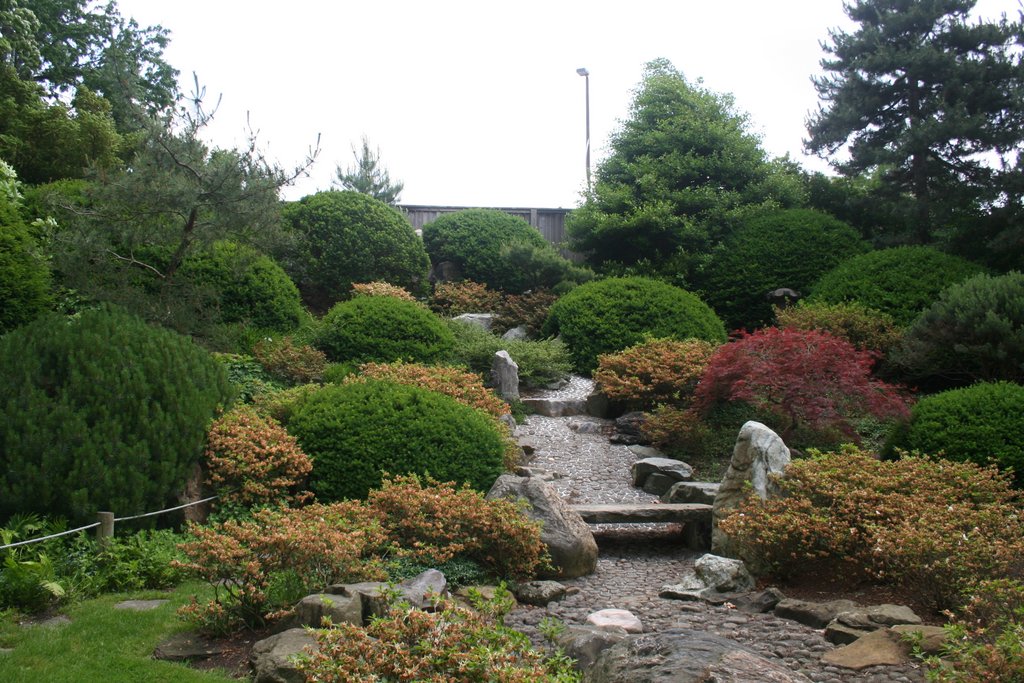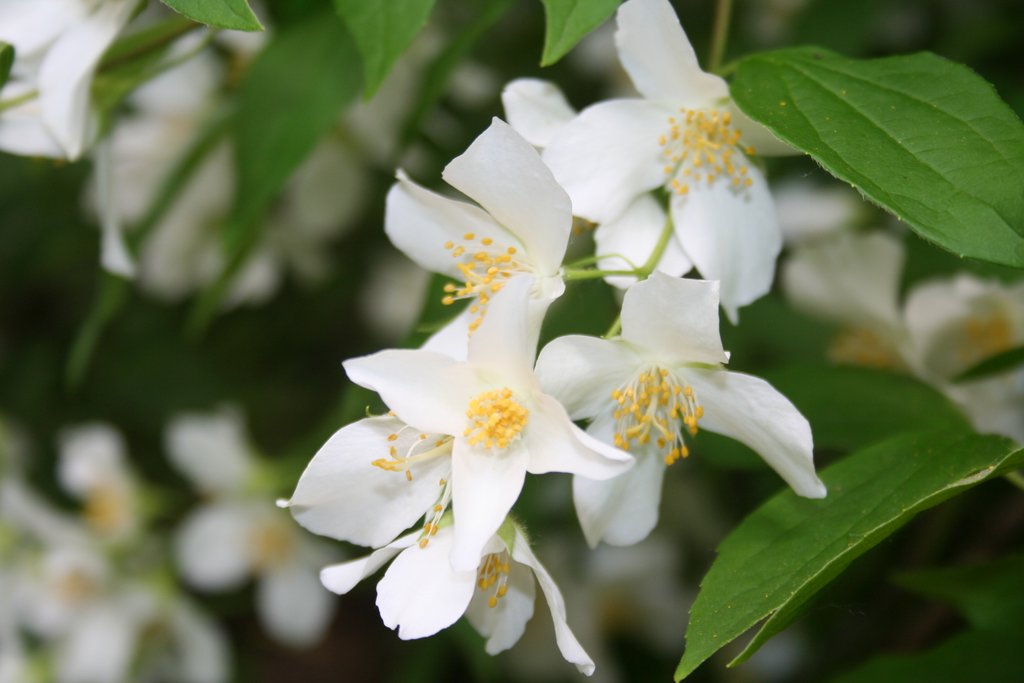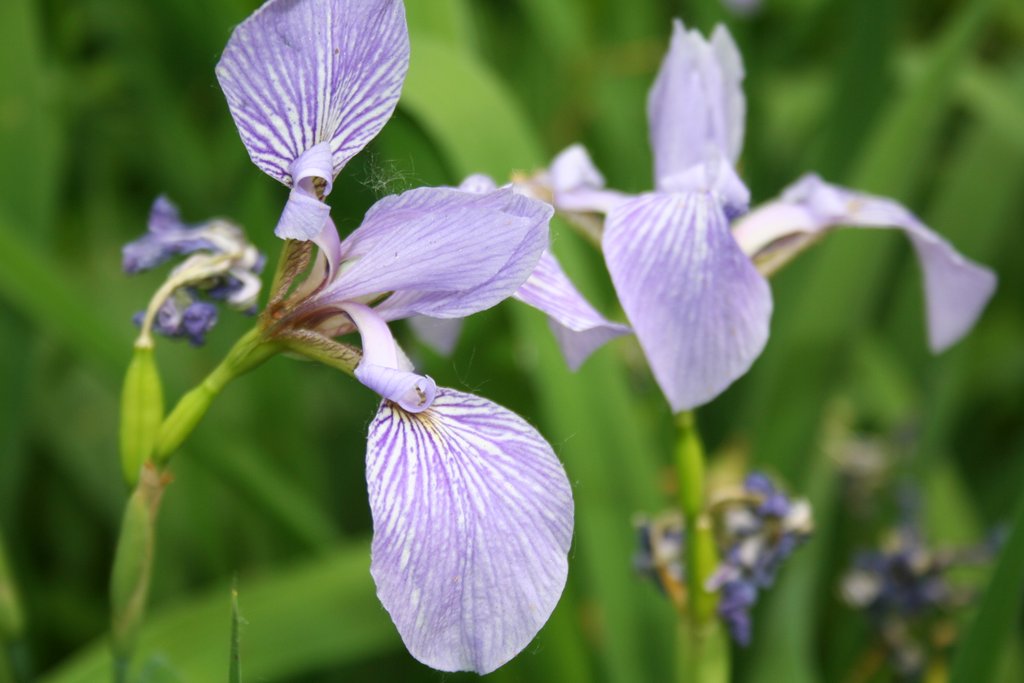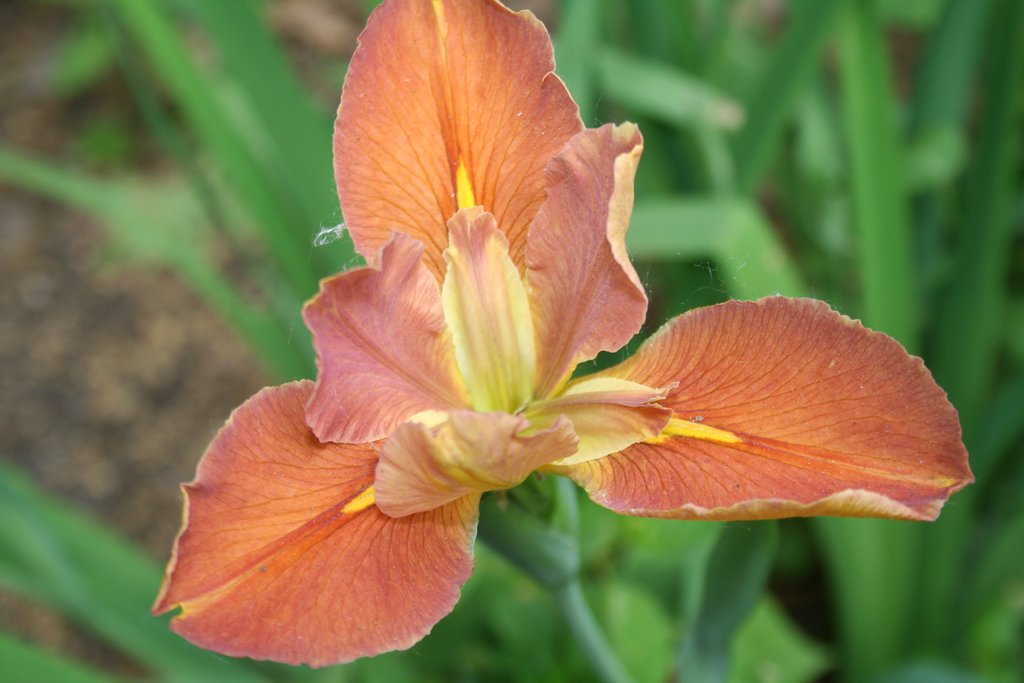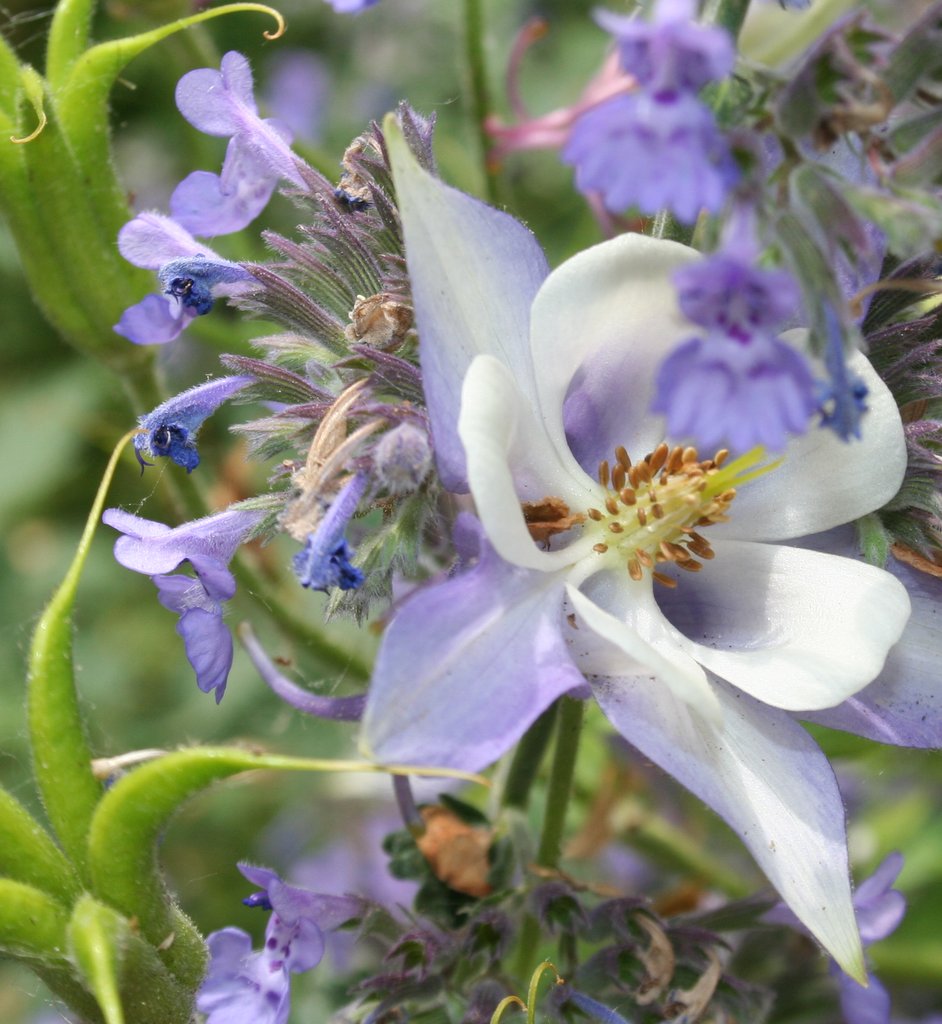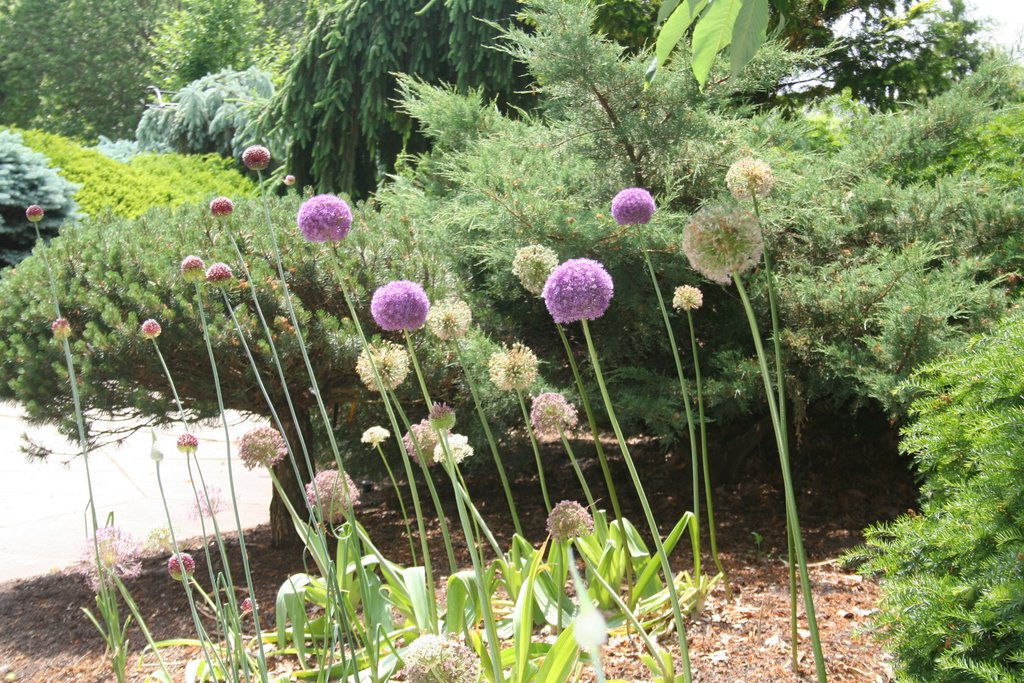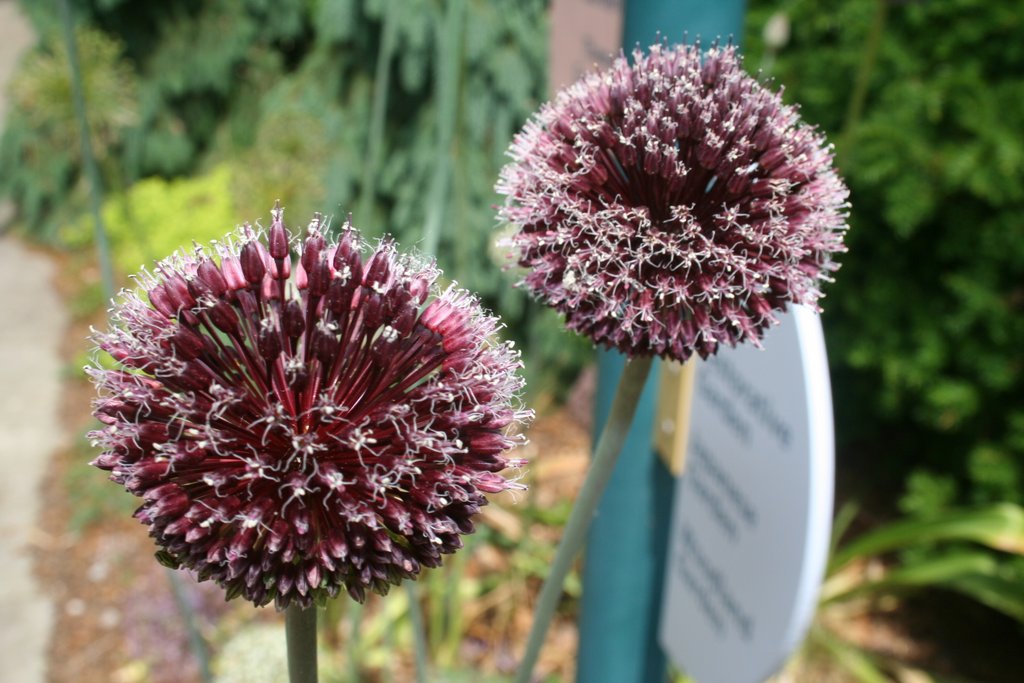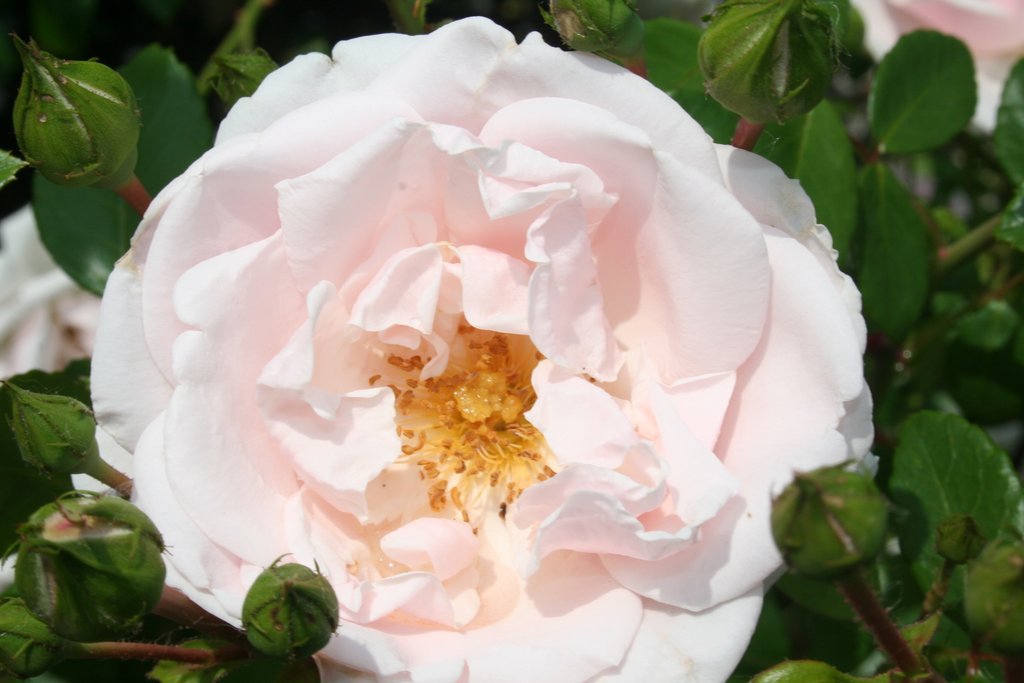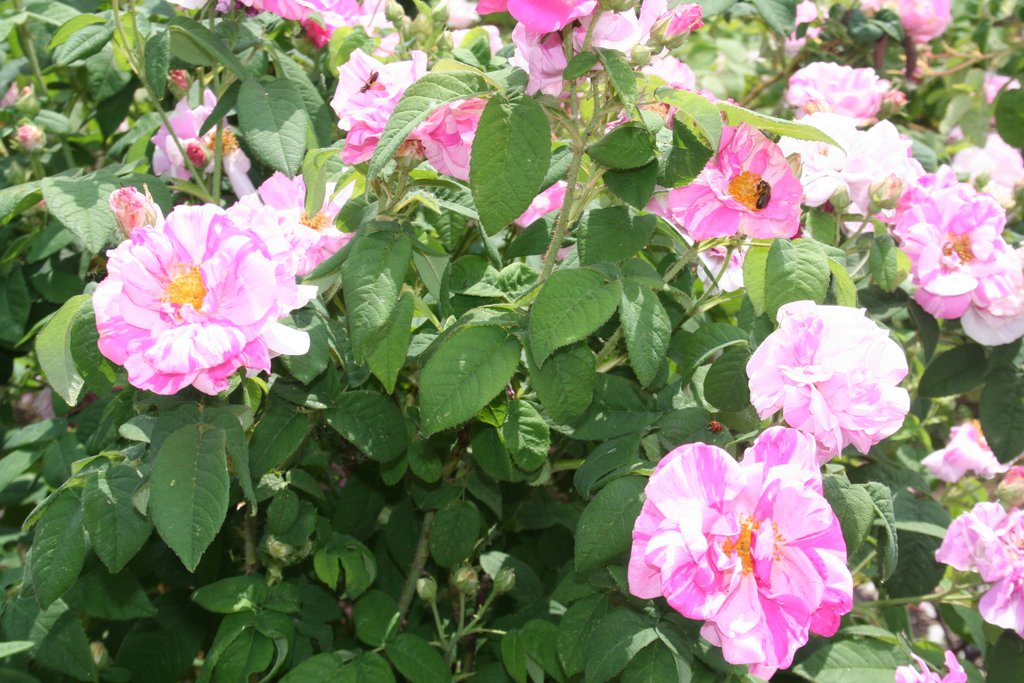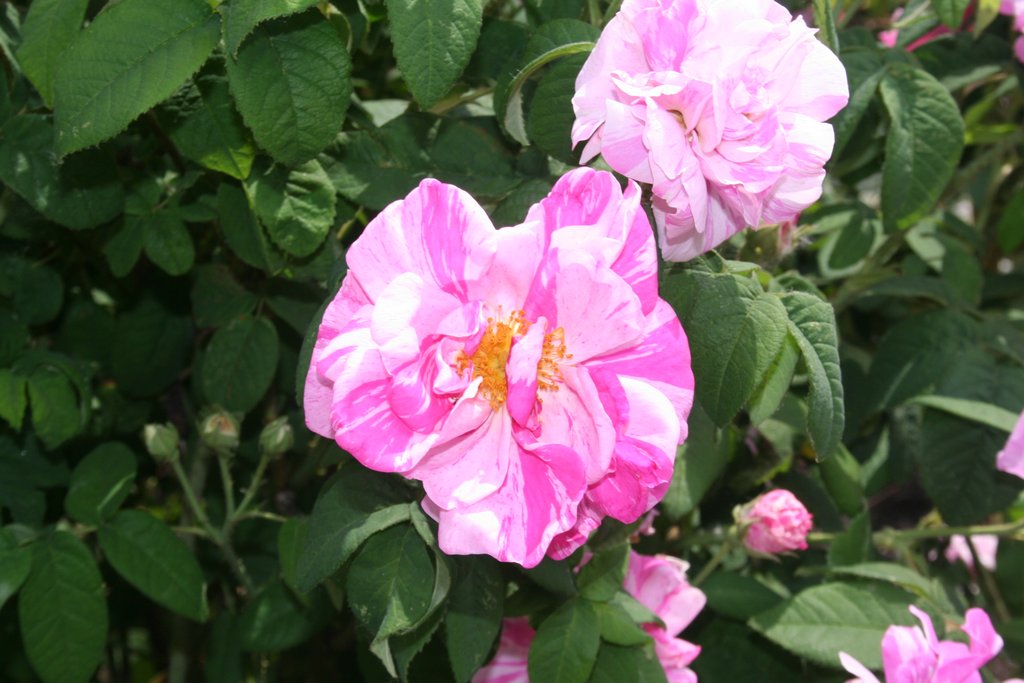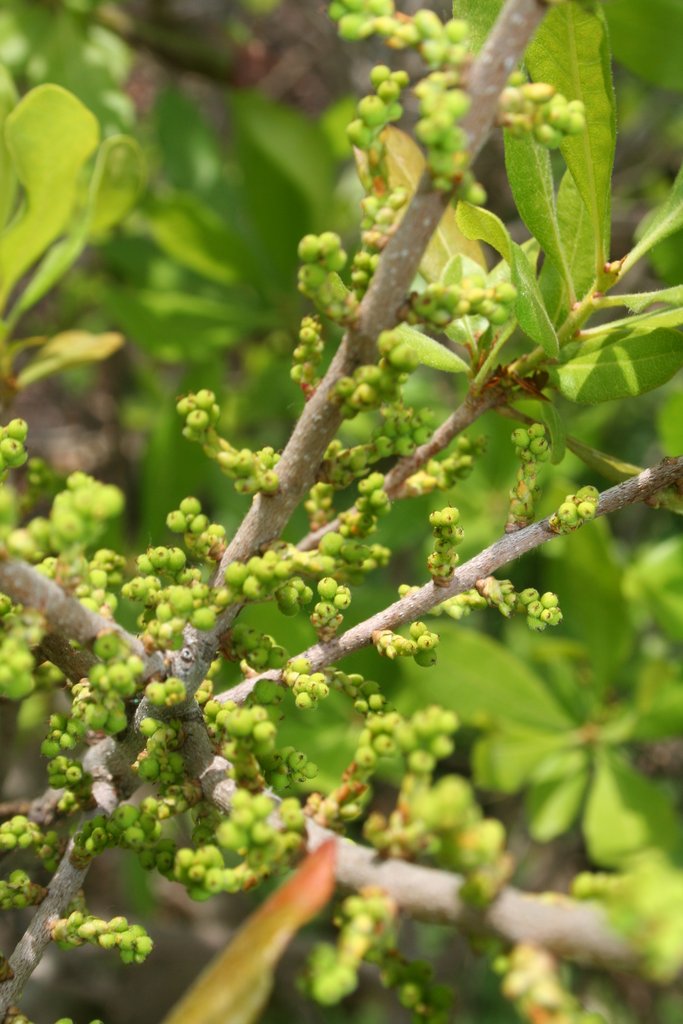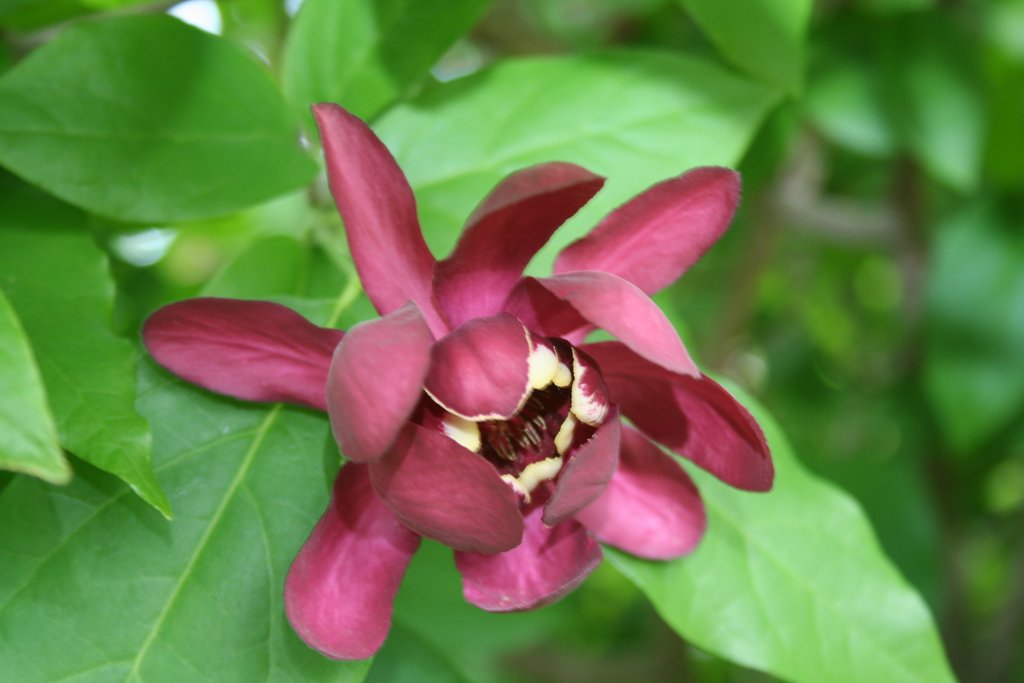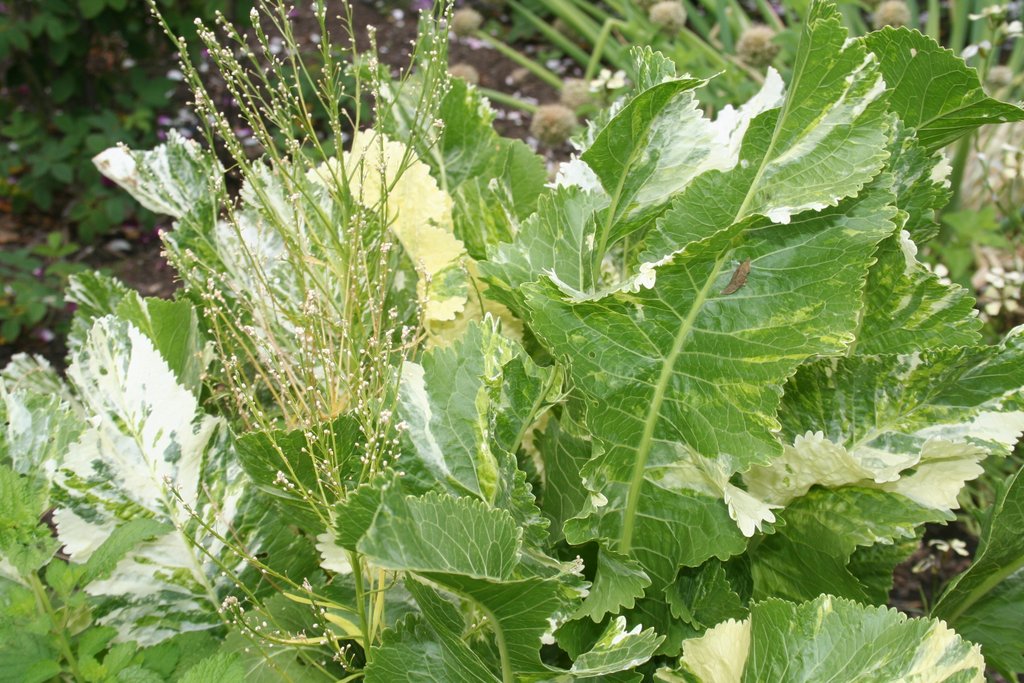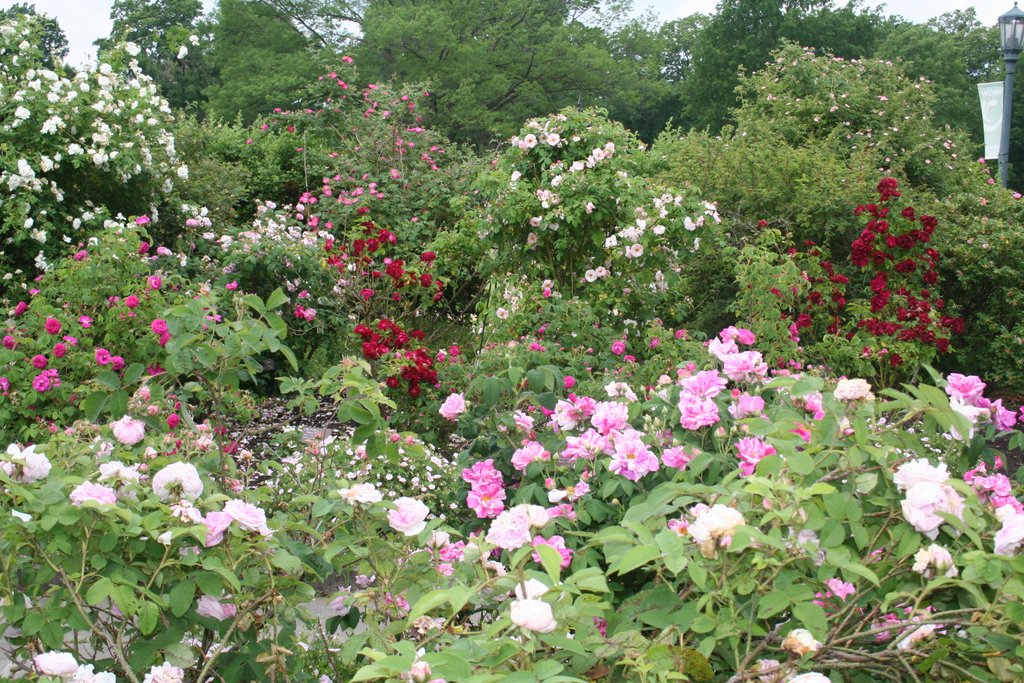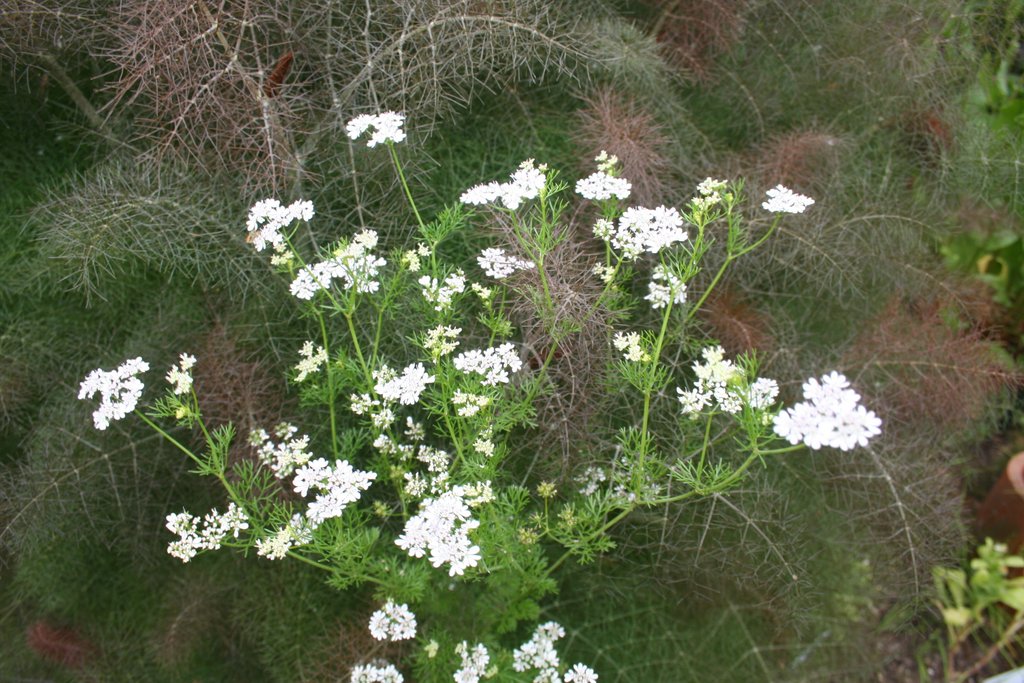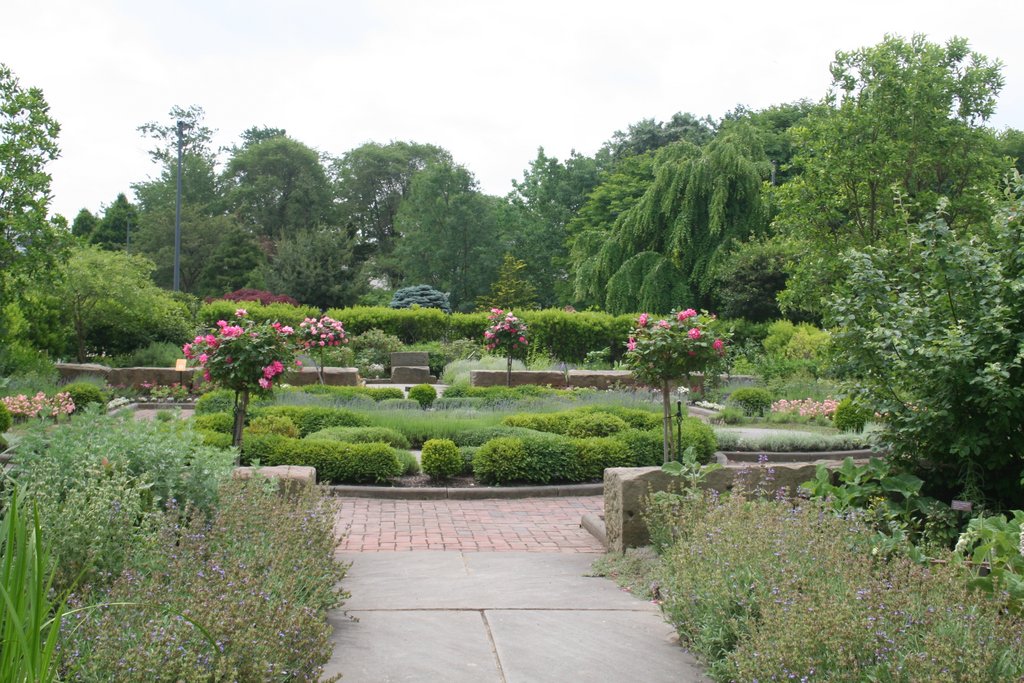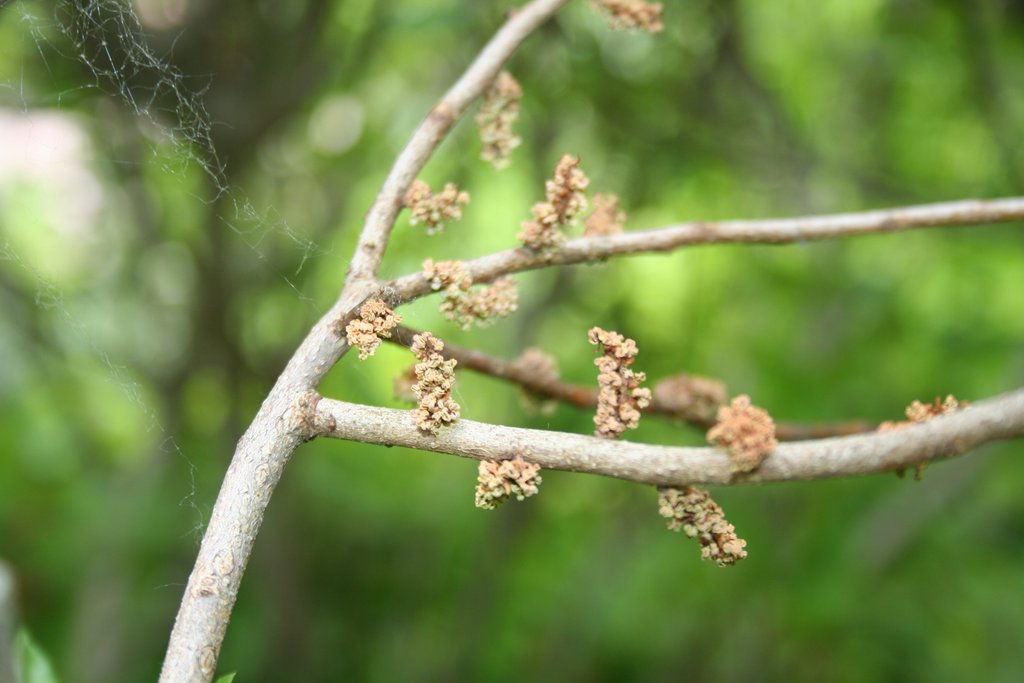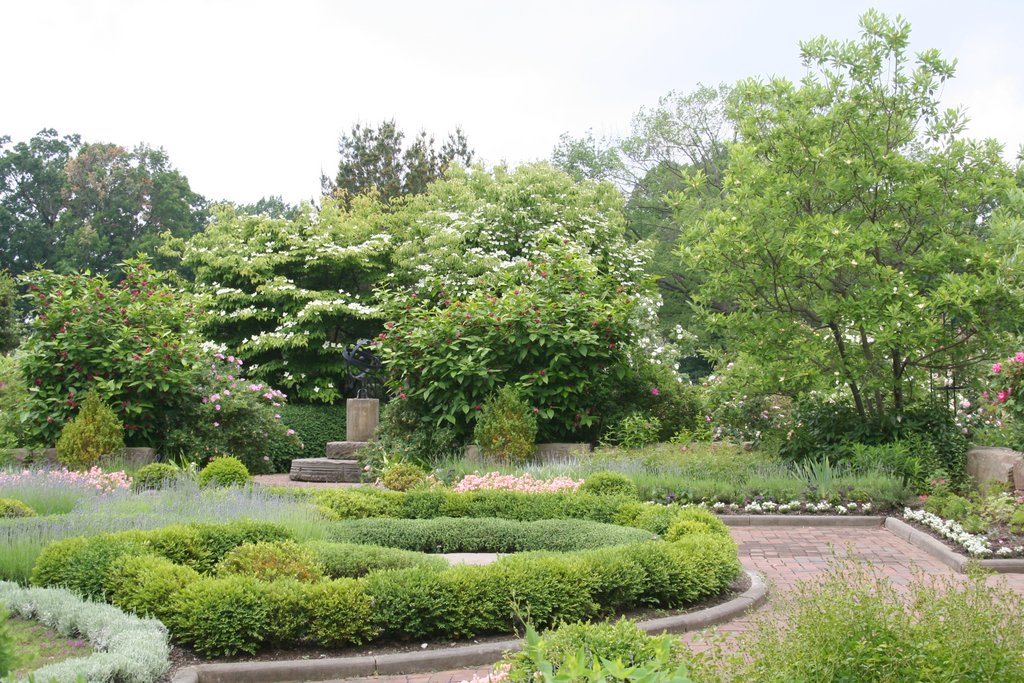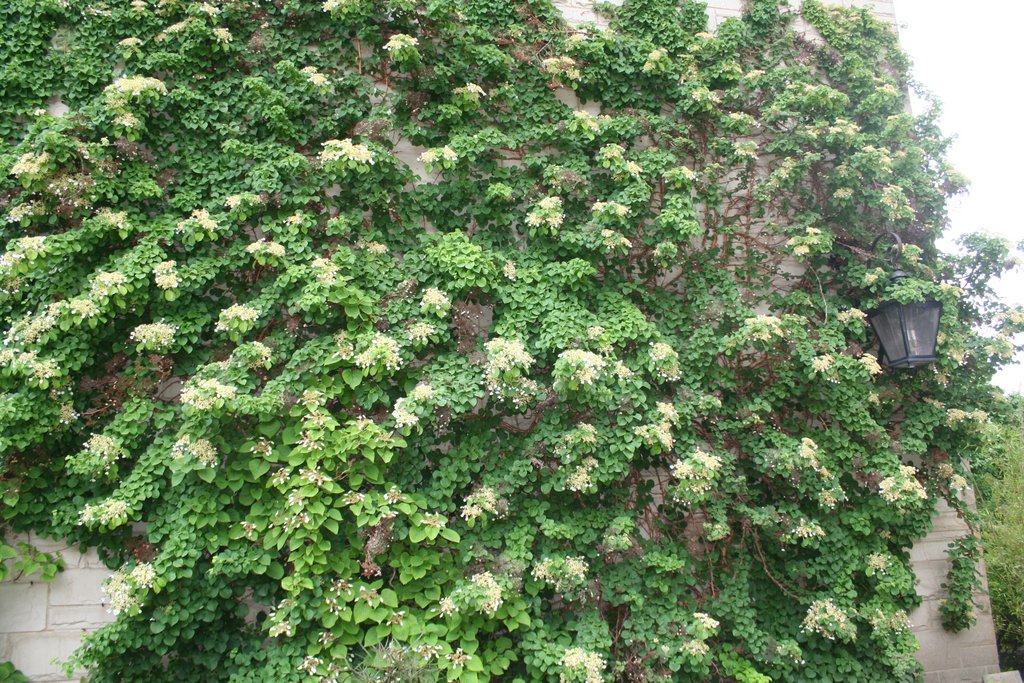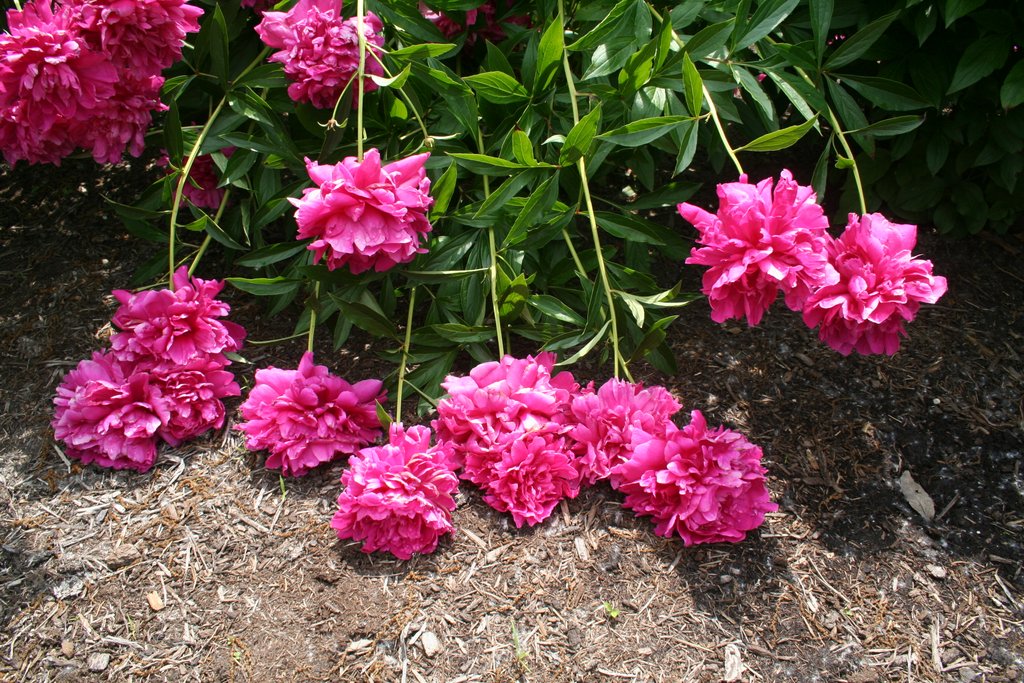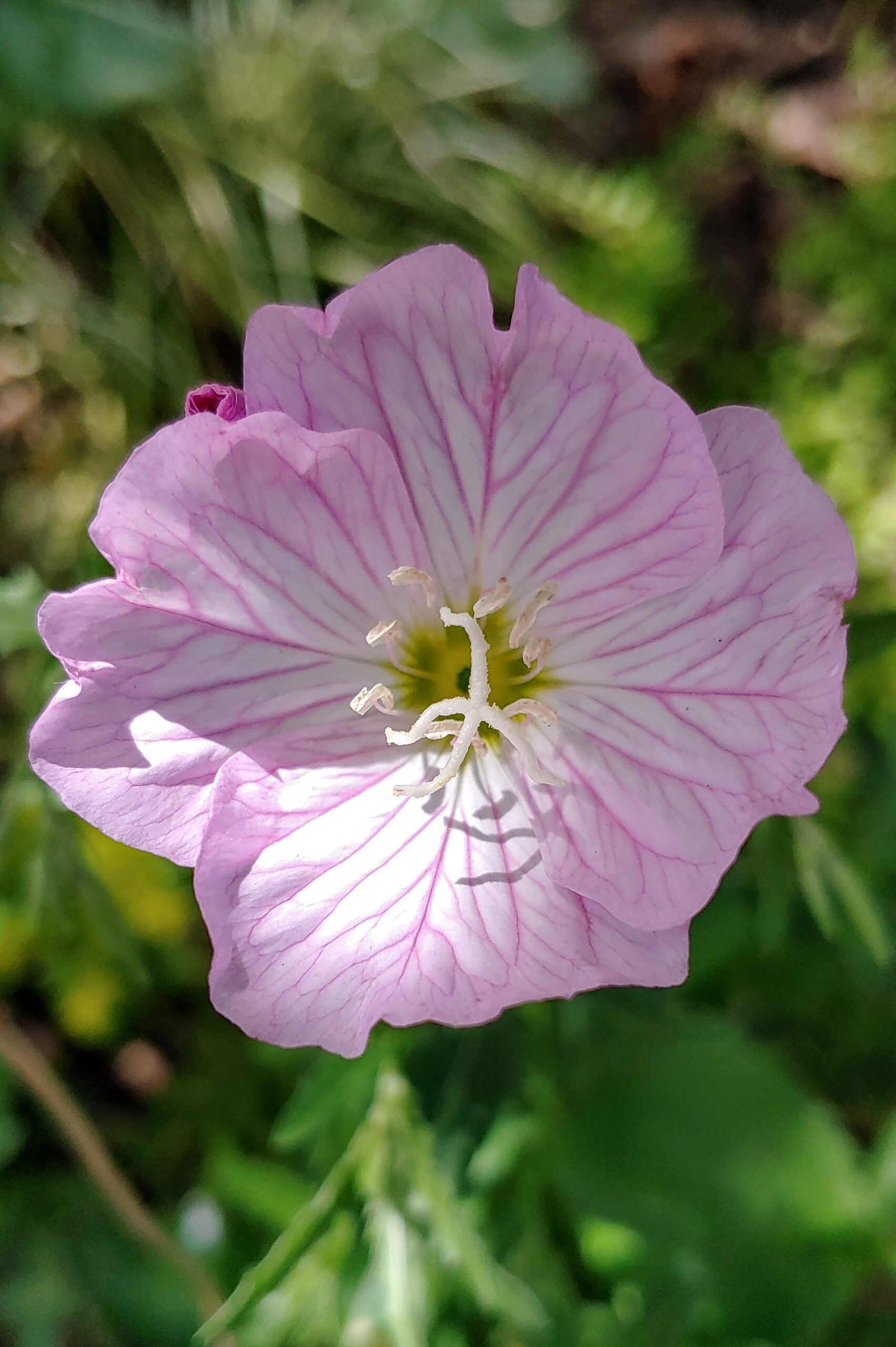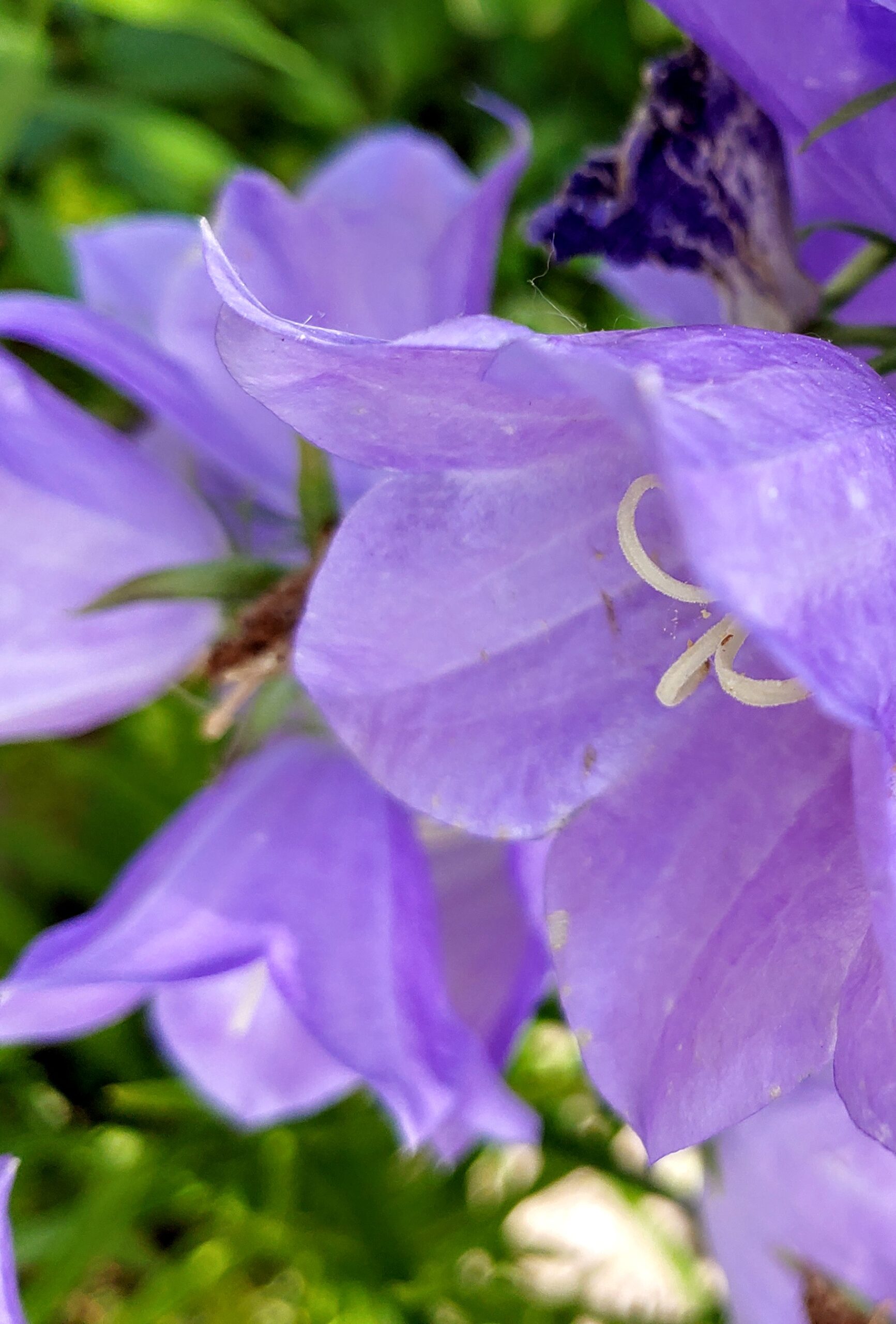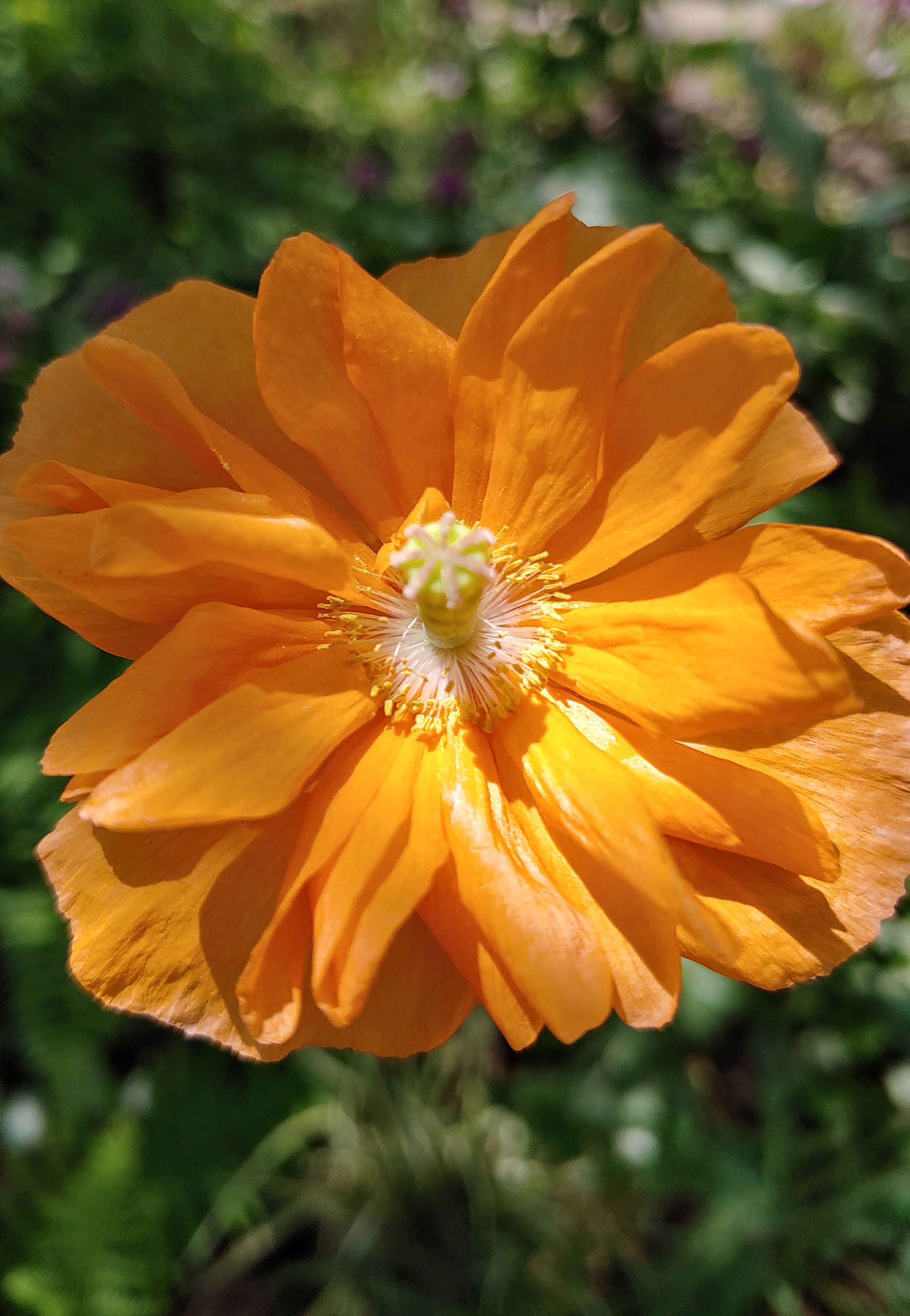Life has been complicated for all of us over the past three years, but we’re hoping to create some new content for our readers.
Until we can share some original insights, here are a few links from other sites.
First, Holden Arboretum is hiring! The Horticulture & Collections department seeks a Director of Land & Collections Management. The Director of Land & Collections Management is primarily responsible for performing a variety of functions related to proper land care and environmental management of Holden Arboretum’s Living Collection trees, grassland & meadows, trails & fence, waterbodies & irrigation. This role combines practical hands-on groundwork and core safety values while also providing management and supervision to teams to achieve agreed goals. Other positions include seasonal and garden positions, as well as several internships. View the full list here.
Next, we wanted to share some information BUGS! ODNR recently published an article asking arborists, gardeners, and hikers to report sightings of the Hemlock Woolly Adelgid. HWA poses a significant threat to eastern hemlocks forests as feeding by HWA at the base of hemlock needles depletes the trees’ stored energy, causing decline and eventual mortality after several years. Elsa also wanted to warn readers that the Baslsam Woolly Adelgid may be moving into our area due to climate change.
Finally, we came across this Permaculture To-Do List and thought our readers would also appreciate it. There’s a Stewardship through the Seasons chapter in Dani Baker’s book Home-Scale Forest Garden excerpted on Practical Self Reliance. It breaks down what gardeners should do each season. Hint: Winter includes more than sitting by the fire, watching it snow!
If you’re missing warmer weather, we’ll soon be sharing a piece by Elsa about her September trip to Ocean Isle Beach in North Carolina. We hope you stay tuned!
